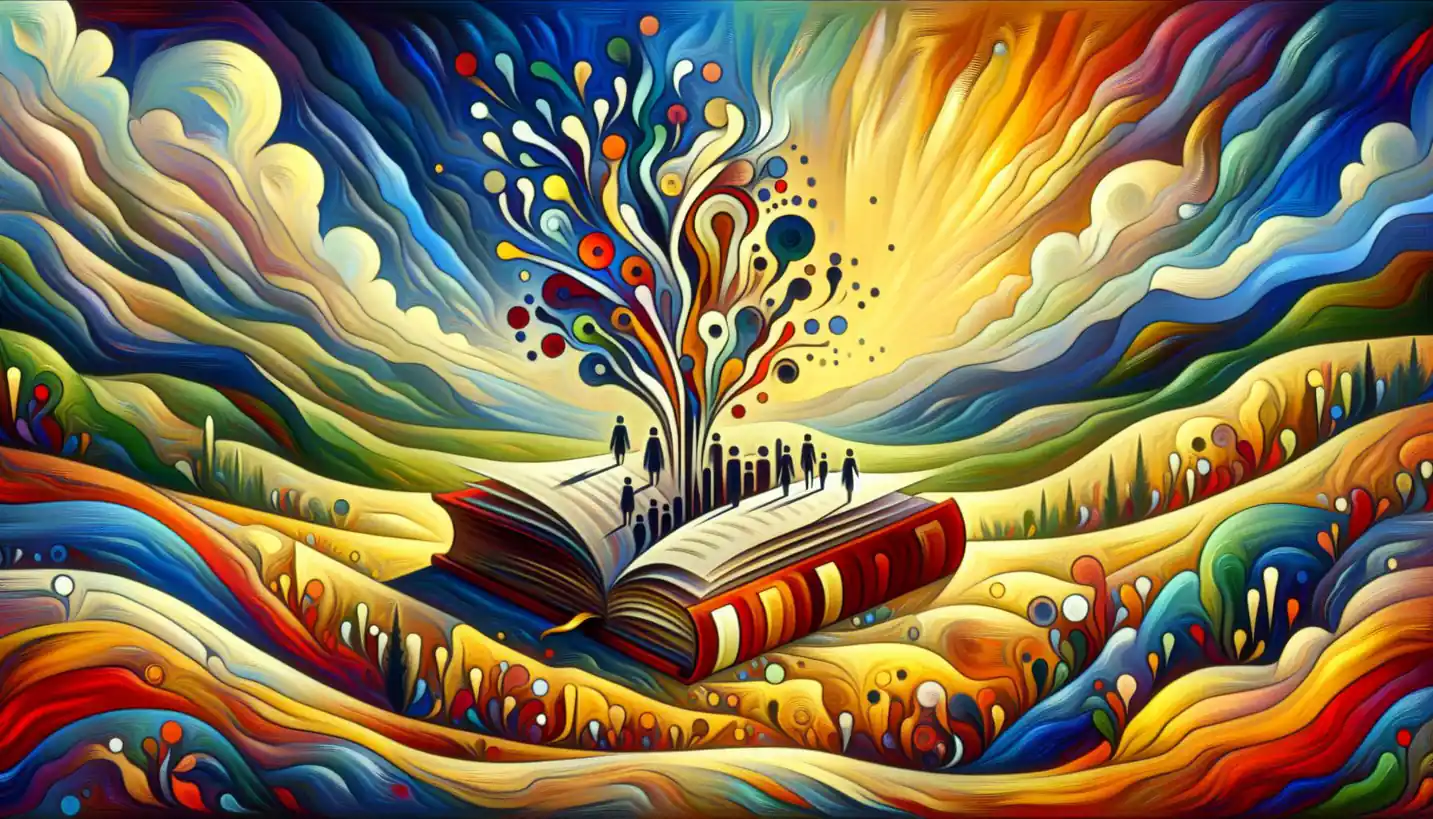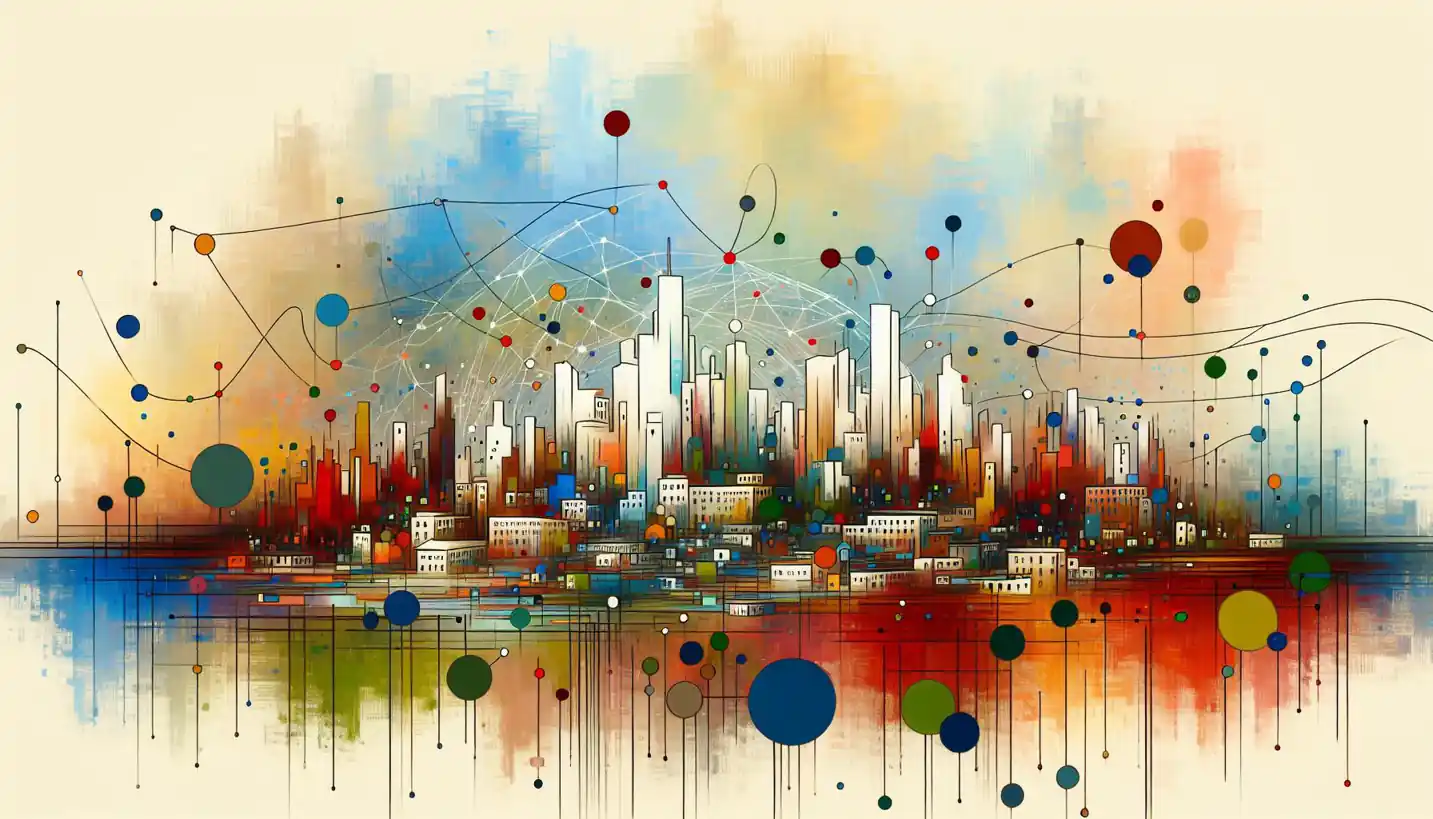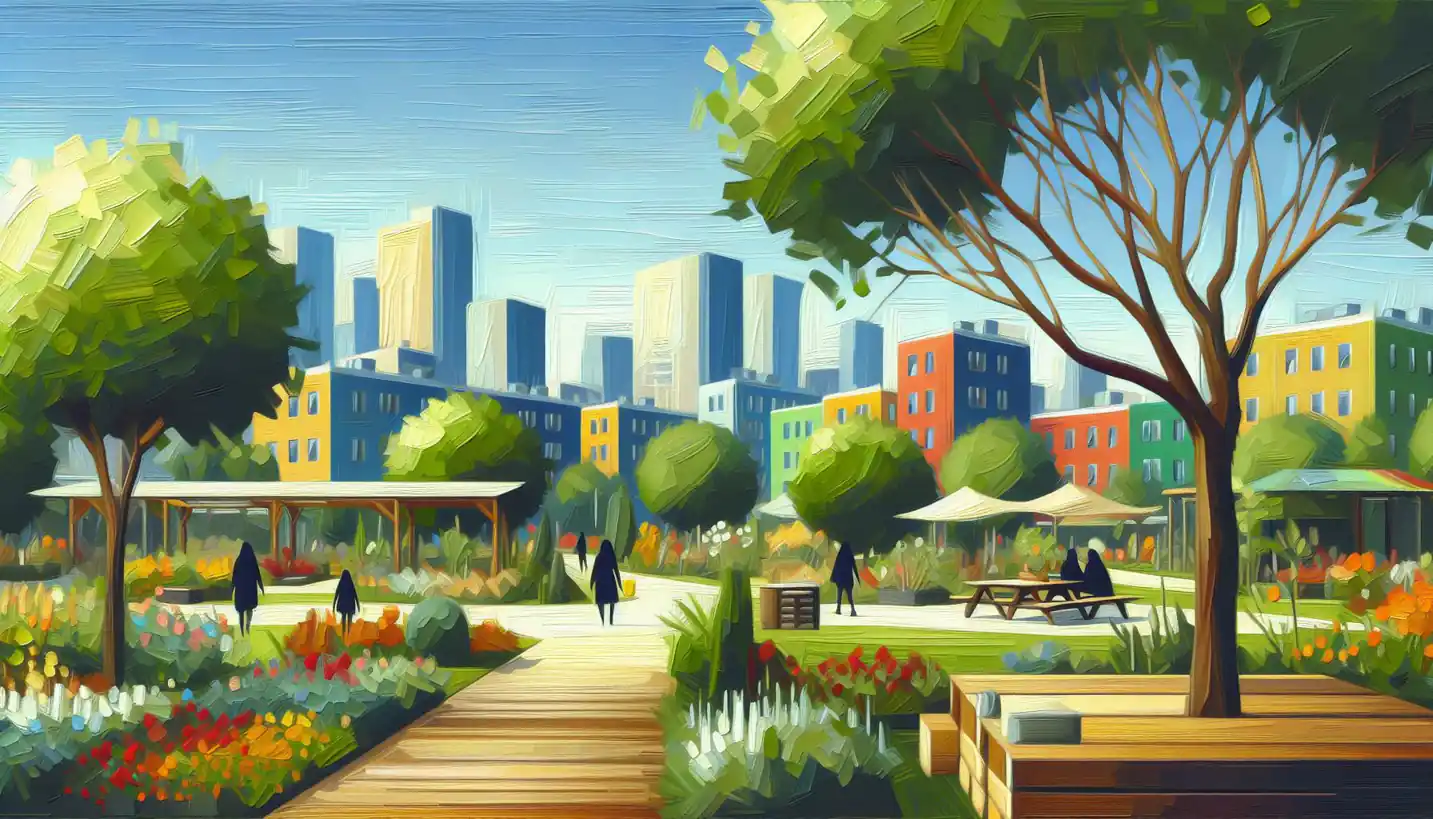· Sociology · 5 min read
Subcultural Theory: Exploring the Dynamics of Social Worlds
Subcultural theory investigates unique social worlds within the broader society. Delve into how subcultures form and influence behaviors that might clash with mainstream norms.

Our societies are full of vibrant colors and unique rhythms, much like a grand tapestry woven with myriad threads. Each thread represents different cultures and subcultures—groups with distinct values, norms, and lifestyles. Subcultural theory, a fascinating construct in criminology and sociology, helps us understand the dynamics of these groups and, more interestingly, their connections to crime and deviance.
At its heart, subcultural theory examines how certain groups develop their own values and norms that differ from, and sometimes challenge, mainstream society. Imagine two groups living in the same city. One might value traditional success, like a stable job and family life, while another might rebel against these norms, creating their own rules about what success means.
Originally stemming from sociological studies in the mid-20th century, subcultural theory traces its roots to the desire to comprehend why certain young people engage in delinquent behaviors. Authorities like Albert Cohen, Richard Cloward, and Lloyd Ohlin paved the way with groundbreaking contributions.
The Spark of Rebellion: Youth and Subcultures
One engaging aspect of subcultural theory is its focus on youth culture. Young people, filled with energy and a desire to understand their identities, often form subcultures. They might seek a sense of belonging or an escape from the constraints of conventional expectations.
During the 1950s, Albert Cohen proposed that young males from working-class backgrounds formed subcultures as a response to status frustration. When they couldn’t achieve success through traditional routes—like excelling in school—they created their own hierarchy. This new structure valorized attributes that mainstream society didn’t, such as toughness or street smarts.
Isn’t it intriguing how these young individuals redefined success? Instead of following in the footsteps of what society dictated, they chose their own path. It’s like rewriting the rules of a game you can’t win.
Opportunities and the Role of Environment
Cutting deeper into subcultural theory is Cloward and Ohlin’s notion of differential opportunity. They proposed that not all youth have equal access to either legitimate or illegitimate opportunities. Whether a young person resorts to conforming or deviance often depends on the opportunities available.
Consider it like choosing a path in a dense forest. Some might find clear trails leading safely to their destination, while others might encounter dead ends and thorns, forcing them to forge their own risky paths. In environments where legal opportunities feel out of reach, individuals might turn to crime—feeling it’s their only option.
This aspect raises a compelling question: how much do our surroundings shape our decisions and behaviors? Subcultural theory doesn’t just investigate the ‘hows’ and ‘whys’ of deviance, but also invites reflection on addressing societal inequalities.
Understanding Deviance as Nonconformity
Throughout the history of subcultural theory, deviance is often framed as simply nonconformity. When people or groups diverge from societal expectations, it doesn’t inherently mean they act maliciously. Instead, their actions might be seen as protest or survival.
A classic example can be seen in the punk subculture from the 1970s. Punks were largely characterized by their disdain for authority, which was expressed through shock value in fashion, music, and attitudes. To outsiders, their behavior seemed rebellious or deviant, but to those within, it was a powerful statement against established norms.
This highlights an important point—sometimes, what looks like deviance is a way for people to assert their identities and challenge the status quo. Subcultural theory encourages us to think about what motivates individuals to step outside traditional boundaries.
The Modern World and Digital Subcultures
With the rise of the internet, subcultures have found a new home online. Modern subcultural theory now includes digital worlds, where people from around the globe come together to share unique interests and values. Online gaming communities, fandoms, and even social media influencers create virtual subcultures.
In these spaces, the same rules apply: people seek belonging, affirmation, and sometimes challenge to mainstream norms. While geographic proximity once limited subcultures, the digital realm allows for an explosion of diversity and innovation in social connections.
A key takeaway here is that subcultures adapt and evolve with technological advancements, continuously shaping and being shaped by our experiences and identities.
Reflecting on Society: The Importance of Subcultural Theory
Understanding subcultural theory is not just an academic exercise; it offers profound insights into the workings of society. It challenges us to see beyond labels of ‘right’ or ‘wrong’ and think deeply about the reasons behind people’s actions. It urges us to appreciate the complex interplay of individual agency and socio-economic structures.
Subcultural theory teaches us that diversity in values and norms is a natural, even vital, part of human societies. By acknowledging and exploring these differences, we gain a richer understanding of ourselves and the world around us.
In a broader sense, it asks: How can society create conditions where all individuals have equal opportunities to succeed, without resorting to deviance? In considering this, subcultural theory calls for a balanced and inclusive view of progress.
The Ongoing Journey
Subcultural theory continues to evolve, incorporating new insights from changing societal landscapes. From street gangs to online communities, the theory’s application broadens our horizons and sparks lively discussions about identity, belonging, and conformity.
As we journey through exploring these vibrant social worlds, one thing remains clear: subcultural theory isn’t just about crime. It’s a lens through which we can appreciate the rich tapestry of human interaction, creativity, and resilience.
In contemplating the ongoing journey of subcultural theory, one might ponder: What will future subcultures look like, and how will they reshape our understanding of society? The answers lie in our unfolding human story, full of endless possibilities and discoveries.



